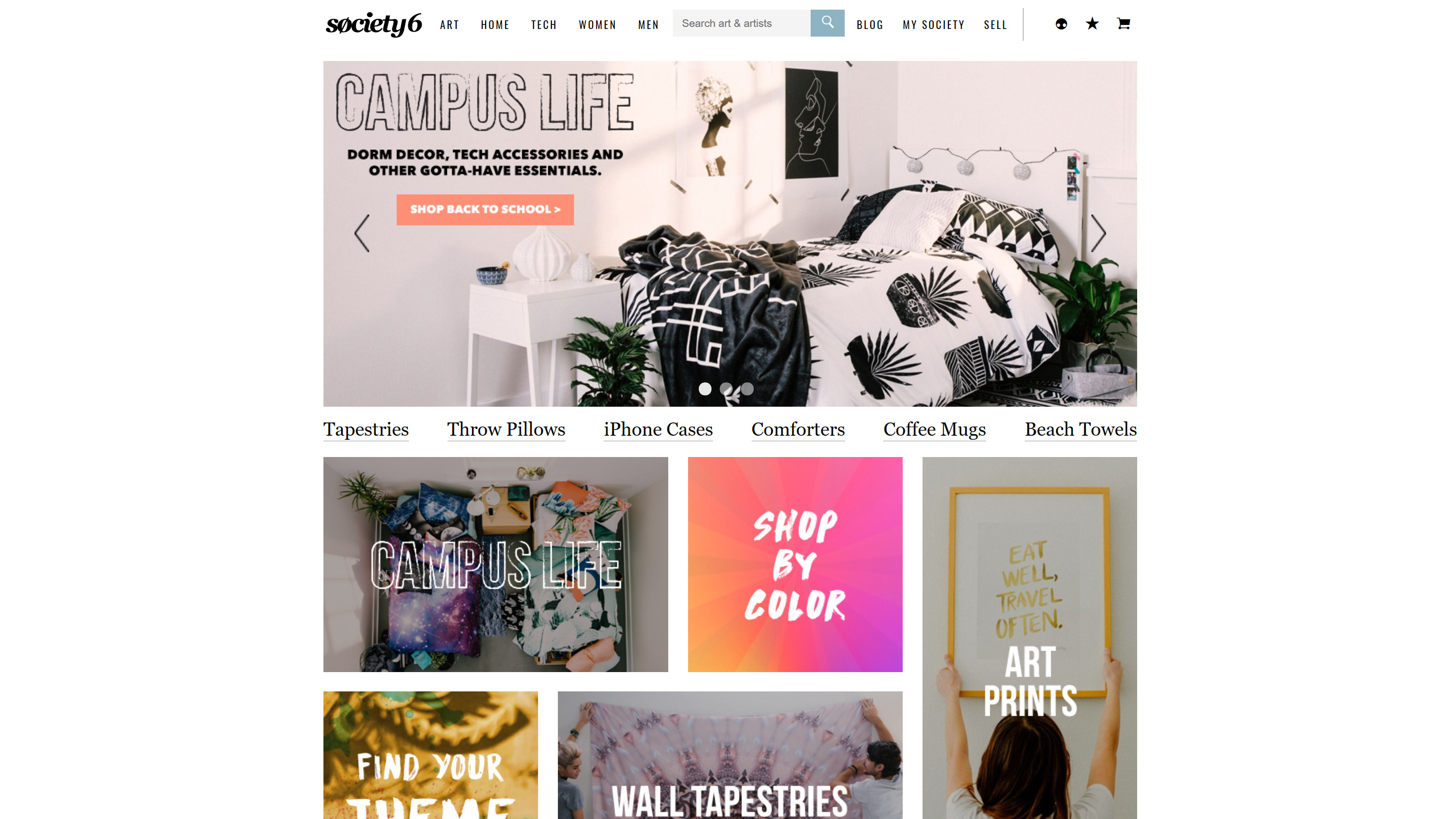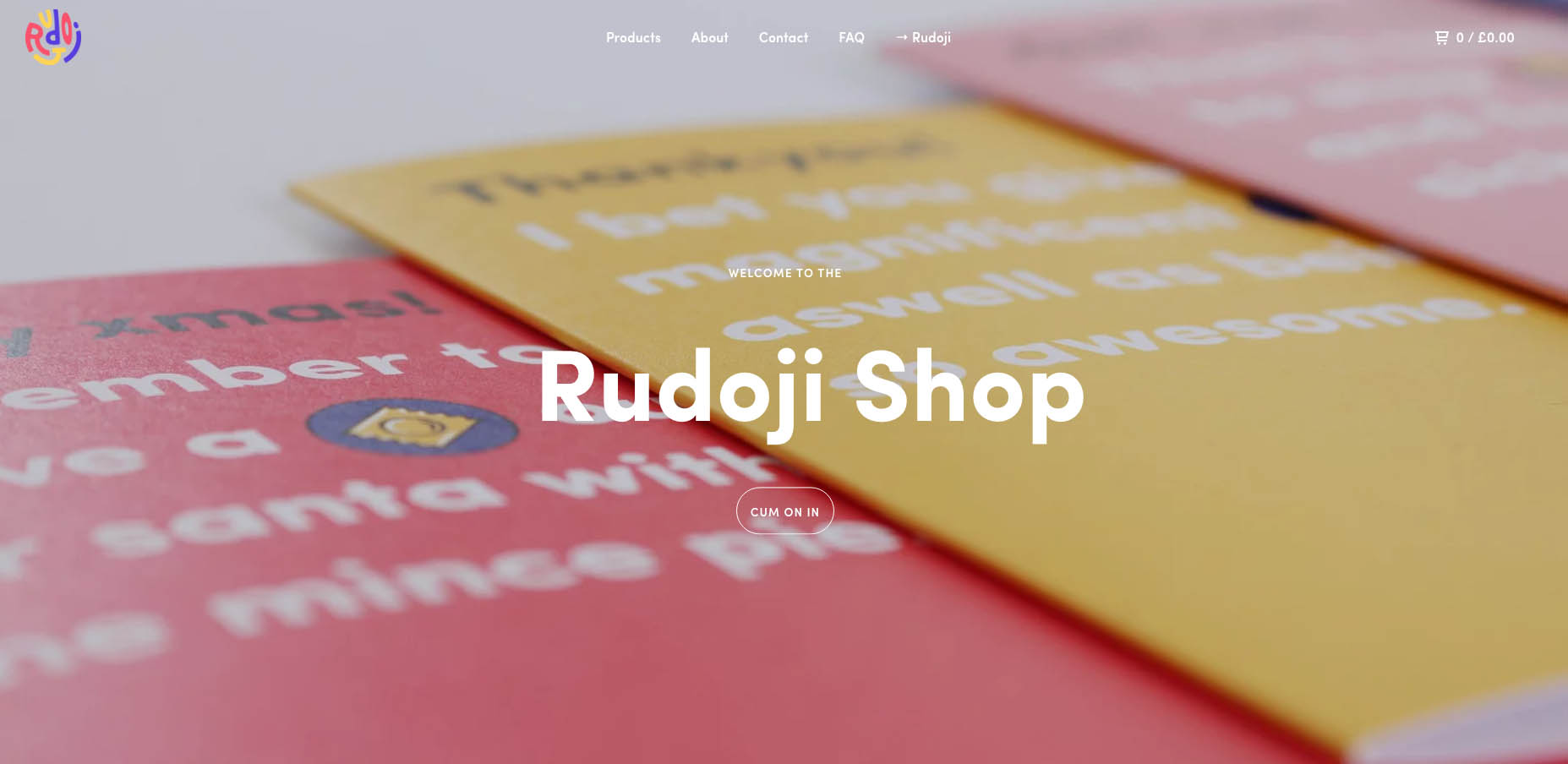How to sell artwork online
Top designers share how and where they sell their art and design and pick up new fans and commissions online.

Selling artwork online can be a great way for artists and designers to gain an income from their work, whether it's full time or a side project. Whether you produce a physical or a digital product, the digital world often offers the chance of reaching many more potential customers than a physical stores. But where should you sell your designs and how much should you charge?
One option is to set up your own website. If you don't know how to code, that will probably mean using one of the best website builders. You'll also want the best web hosting for freelancers. You can even link from your own online store to sell on Instagram. Then there's the option of letting a company take the hassle out of it for you by using a third-party marketplace, which range from very general options to sites dedicated to more specific niches.
With all that in mind, we spoke to a range of designers about how to sell work online, asking them for tips on everything from how much to charge to where to sell.
How much should you charge when you sell artwork on line?
Deciding on pricing can be difficult when you start selling your art or designs online. You want to make some cash, but you don't want to price yourself out of your customers’ reach.
“It really depends on the complexity of the project,” says freelance motion designer Thomas Davis. “I try to think about how my products could save people time or help them with their projects and what that is worth. Ultimately, though, I think it comes down to how much I'd be willing to pay for it myself if it were on sale elsewhere.”
Where should you sell artwork online?
With that in mind, let's look at some ways to sell your work online. One of the best options for selling art online is via a website of your own. This involves a larger initial investment of time and money, but it gives you much more control and can allow you to reduce the amount you lost in commission.
Just bear in mind that creating the website isn't the end of the job. You'll also need to promote it if people are going to find it, whether that's through good SEO, paid advertising or linking from social media. The other option is to sell your art or design through a third-party online store. This is usually much quicker and easier initially. You don't need to create the site yourself or worry about what ecommerce payment solution to use. You might also benefit from traffic that the site already receives, particularly if the audience is concentrated in a particular niche that your work is likely to appeal to.
Daily design news, reviews, how-tos and more, as picked by the editors.
Selling art through an established store
There are lots of third-party online stores where you might be able to sell your work. It's usually best to choose on that fits your niche, since you'll be more likely to find an audience interested in what you do. Here are a few options to consider depending on what type of work you produce.

Society6
One of the most common things that designers sell are prints. Perhaps the easiest way – and a way to tap into an already thriving community – is to use a service such as Society6. This site has actually moved from predominantly prints to pretty much anything you can imagine – tapestries, iPhone cases... you name it.
Simply sign up, verify your identity by making a one-time payment of $1 via PayPal and upload your work to sell it as a print... or whatever you like. Check out the help on the site for the required resolution for different products – and the royalties you’ll received for the different kinds.
The great thing about selling prints here is that you determine your price – and you’ll be paid the profit made.

Threadless
Over the years, Threadless has gone from T-shirts to prints, home furnishings and more. And whereas it used to be competition-based, you can now set up an artist shop for free and upload your work to be printed on all manner of products.
And the great thing about Threadless is there’s no minimum order size – and everything is printed as a custom one-off product. You can see the kind of profit you’re likely to make on Threadless’s selling page.
Others
There’s a myriad of other options for selling, including Gumroad for digital products – see further down the page – and sites like Folksy and Etsy for crafts.
Creating a bespoke art store on your own site
If you prefer the option of going it alone and bringing visitors to your own site, there are a number of ecommerce options available that enable you to quickly embed a shop in your own site. Some take a cut of sales while others charge a flat monthly fee. The pricing option that works best for you will depend on what and how much you sell.

Big Cartel
One popular option is Big Cartel. If you’re selling five products or fewer, the service is free, and it enables you to easily build your shop into your site, offering different design themes ready to go.
One designer who recently set up a Big Cartel site is Mike Harrison – who wanted to design and sell products based around his ‘Rudoji’ project, an ongoing collection of ‘rude emojis’.
“I used Bigcartel as a base for the shop,” says Harrison. “It felt like the most 'plug and play' shop system out there, which was quick and easy to set up. I customised it heavily, though, from one of the base themes using HTML/CSS. There was a lot of trial and error with the customisation parts that I did myself.”

There are a number of pricing options depending on how many products you want to sell. Bear in mind that this is purely an e-commerce solution – Big Cartel won’t print or mail out orders for you, so you’ll need to do that on your own.
To actually get his products made, Harrison went to Awesome Merchandise, based in Leeds, UK. “They offer all kinds of products you can customise and so were a great find. They're also good value and the production quality is decent,” says the designer.
Harrison got all of the products printed before the shop went live and gets more made as they go out of stock, taking some of the hassle out of having his own store.

Gumroad
Freelance motion designer Thomas Davis used a different platform to sell his digital products – Gumroad. Davis embedded the Gumroad store in his own site, but you can also sell your products directly through Gumroad.
“If you're looking to sell digital products it has all sorts of tools built in like serial numbers for each sale, ‘pay what you like’ pricing for products, offer codes, and an email option to send updates to customers, everything you need really!" says Davis.
Davis set up Loop to sell After Effects packs – everything from glitchy titles to cool effects and presets – that he started making in downtime between projects.

“I design and build all sorts of projects that I think other motion designers will find useful, as well as writing blog posts and tutorials to help new designers learn more about the world of motion design,” says Davis.
On Gumroad's capabilities, he says, "The actual checkout experience is one of the slickest I've seen."
Squarespace
Squarespace is another service that enables you to design your entire ecommerce site and sell your work directly from there. It also offers marketing services such as reminder emails to customers who have left things in their shopping cart.
Shopify
Shopify is another ecommerce site hosting and site building service with plenty of theme customisation options. It also offers blogging capabilities and a gift card facility.
More options
Whatever shopfront or selling solution you use, creating bespoke products to sell can be a fantastic way to raise your profile and get your work on walls, chests, furniture and more. If you want to browse more options, see our list of best places to sell design online.

Rob is editorial, graphic design and publishing lead at Transport for London. He previously worked at Future Publishing over the course of several years, where he launched digital art magazine, ImagineFX; and edited graphic design magazine Computer Arts, as well as the Computer Arts Projects series, and was also editor of technology magazine, T3.
